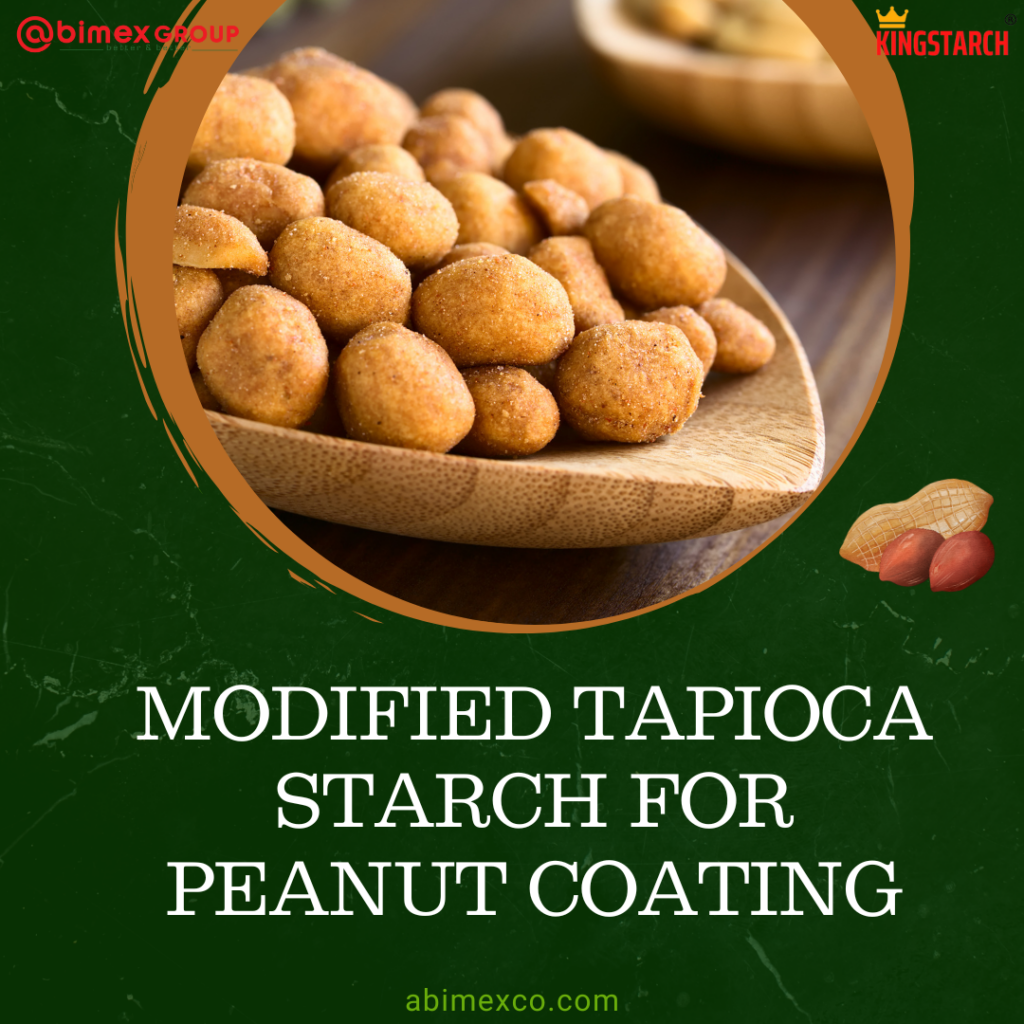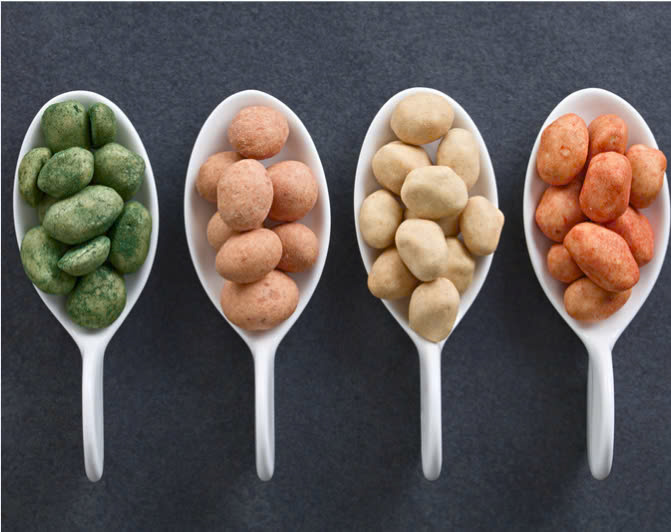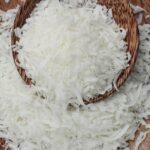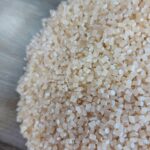CASHEW NUT SHELL OIL
In the world of snack production, particularly in the realm of peanuts coating, the choice of starch plays a crucial role in determining the final product’s texture, flavor, and shelf life. Traditionally, maize starch (corn starch) has been a go-to option for manufacturers. However, the rise of modified tapioca starch has brought a significant shift in the industry, offering advantages that far outweigh those of maize starch.
In this article, we will explore 5 reasons why modified tapioca starch outperforms maize starch when it comes to coating peanuts.

Table of Contents
Toggle1. Superior Crispiness and Texture
One of the most desirable qualities in coated peanuts is a crispy, satisfying texture. While maize starch can provide decent results, modified tapioca starch excels in creating a light, yet crunchy coating that holds up over time. This is due to its unique film-forming properties.
Modified tapioca starch, through its chemical and physical modifications, creates a smoother and thinner layer around the peanuts. This layer hardens into a crispy shell that enhances the overall texture of the product without being too thick or hard. Consumers often prefer this lighter, more delicate crunch that modified tapioca starch provides, making it a favorite choice for premium snacks.
2. Enhanced Adhesion and Uniform Coating
One of the key challenges in peanuts coating is achieving a uniform and consistent coating on every peanut. Maize starch can sometimes result in uneven layers, causing some peanuts to have thicker coatings than others. This not only affects the appearance but also the overall eating experience.
Modified tapioca starch, on the other hand, offers superior adhesion properties, ensuring that the starch binds evenly to each peanut. This results in a consistent coating across the entire batch, improving both the visual appeal and the texture. Manufacturers benefit from fewer production issues, and consumers enjoy a more consistent product.
3.Better Moisture Control and Longer Shelf Life
Moisture is the enemy of crispy snacks, and coated peanuts are no exception. Maize starch, though effective in some cases, doesn’t provide the same level of moisture resistance as modified tapioca starch. Over time, peanuts coated with maize starch can absorb moisture from the air, leading to a soggy, unappetizing texture.
Modified tapioca starch excels in moisture control, creating a barrier that effectively protects the peanuts from humidity. This helps maintain the crunchiness for a longer period, extending the product’s shelf life. For manufacturers, this means reduced spoilage and better product quality during transportation and storage. Consumers, in turn, get to enjoy their peanuts fresh and crispy for longer.
4. Neutral Flavor Profile
One of the downsides of using maize starch in peanuts coating is its subtle but noticeable taste, which can interfere with the intended flavor of the peanuts or any added seasonings. While this may not be a deal-breaker for all products, it can become a significant issue in flavored or premium coated peanuts.
Modified tapioca starch boasts a completely neutral flavor profile, allowing the natural taste of the peanuts and any added spices or coatings to shine through without any interference. This makes it an ideal choice for products where flavor purity is essential, particularly in gourmet snack lines or flavored peanut varieties.
5. Gluten-Free and Allergen-Friendly
As consumer demand for gluten-free and allergen-friendly products grows, manufacturers are increasingly seeking ingredients that meet these dietary requirements. While maize starch is often gluten-free, cross-contamination during processing can sometimes be a concern. Additionally, some consumers may have allergies to maize or corn-derived products.
Modified tapioca starch, derived from the cassava root, is naturally gluten-free, making it a safer and more reliable option for manufacturers looking to cater to the gluten-free market. Furthermore, it is free from the common allergens associated with maize, providing a safer alternative for allergen-sensitive consumers.
6. Cost-Effectiveness in Large-Scale Production
Another advantage of modified tapioca starch is its cost-effectiveness when used in large-scale peanut coating production. Compared to maize starch, tapioca starch is often more readily available in certain markets, particularly in regions where cassava is grown abundantly. This not only reduces material costs but also ensures a more stable price over time, making it a more reliable option for manufacturers looking to optimize their production budgets.
Moreover, because of its superior performance in coating, fewer issues arise during production, reducing waste and improving overall yield. With modified tapioca starch, manufacturers can achieve a high-quality product without the need for additional additives or complex processing steps, further reducing operational costs.

Conclusion
The building materials industry is under increasing pressure to adopt sustainable practices and materials that reduce environmental impact while maintaining high-performance standards. Modified tapioca starch offers a practical and eco-friendly solution for a wide range of applications, from adhesives to coatings, and even structural components. Its renewable nature, biodegradability, and cost-effectiveness make it an attractive alternative to traditional petroleum-based additives. As the demand for sustainable building materials continues to rise, modified tapioca starch will play a crucial role in shaping the future of the industry, contributing to greener, more resilient construction practices.
By incorporating modified tapioca starch into building materials, manufacturers not only improve the performance of their products but also support the global shift toward sustainability in construction.












